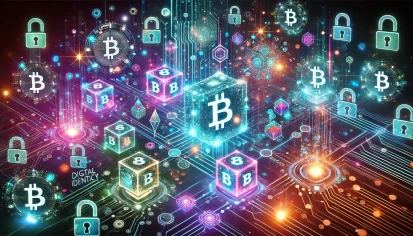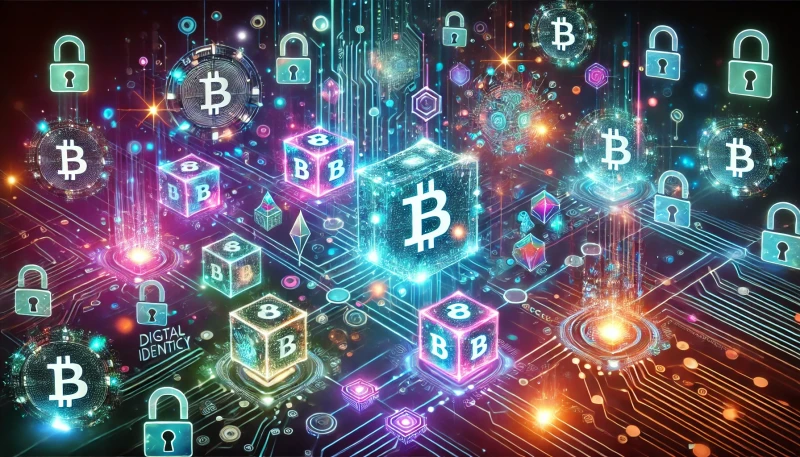Understanding Login Security and Cryptocurrency Safety
In today's digital landscape, ensuring the security of online accounts and transactions is crucial. This article will explore key elements of login security, the importance of user agreements, and practices for safeguarding cryptocurrency assets.
Login Security: User Agreement and Privacy Policy
When accessing a website or application, users may encounter a login page. This page typically requires users to accept the User Agreement and comprehend the Privacy Policy.
Login Options
Users can generally log in using one of the following methods:
- Phone Number
- Email Address
- Username
A password is also required to complete the login process. If a user forgets their password, a "Forgot Password?" link is often provided to initiate password recovery.
The Frustration with Third-Party Logins
Many users find it frustrating to log into their bank accounts through third-party sites to verify transactions. This method raises concerns about security and compliance with bank terms of service. Users often feel it's safer to log in directly through their bank's official site.
Security Implications
This practice can appear suspicious and untrustworthy, as it may expose personal information to less secure environments. Users should always prioritize direct access to their banking platforms and be cautious of third-party services that request login credentials.
Cryptocurrency Security: An Ongoing Challenge
The digital currency sector faces constant threats, including scams and identity fraud. A notable incident involved Kraken, where a scammer attempted to impersonate an account holder during a video verification call while wearing a Halloween-style rubber mask.
Incident Overview
During this video call, the impersonator failed to answer simple questions related to account assets, raising suspicion. Kraken's Chief Security Officer, Nick Percoco, described the situation as absurd, noting the lack of resemblance between the mask and the actual account holder.

Implications for Users
This event reveals the need for users to remain vigilant. Security measures such as two-factor authentication (2FA) and hardware security keys are essential. Users should always verify identities before approving any financial transactions.
Trends in Cryptocurrency Security
Security in cryptocurrency exchanges varies significantly. Some exchanges implement strict measures, while others may lack comprehensive security practices.
Common Security Threats
Common threats include:
- Phishing: Scammers attempt to obtain personal information through fraudulent emails or messages.
- Rug Pulls: Developers abandon a project, leaving investors with worthless assets.
- Fake ICOs: Fraudulent initial coin offerings in which investors are misled.
Best Practices for Enhancing Security
To enhance online security, users and exchanges should implement the following measures:
- Enable Two-Factor Authentication (2FA): This adds an extra layer of protection by requiring a second form of identification.
- Utilize Hardware Wallets: Store cryptocurrencies in cold storage to protect against online threats.
- Regularly Update Software: Keep all platforms updated to prevent exploits from outdated software.
The Role of Identity Verification in Exchanges
Implementing identity verification processes is critical for exchanges to maintain security and comply with regulations.
Methods of Identity Verification
Common methods include:
- Know Your Customer (KYC) Checks: Verifying a user's identity through personal details and documentation.
- Document Verification: Ensuring the legitimacy of submitted identification documents.
- Phone Number Verification: Confirming user identities through SMS verification codes.
Becoming a More Secure User
Every user has the responsibility to ensure their online security. Staying informed and cautious can help prevent falling victim to scams.
Staying Informed
Engage in educational resources that cover security measures and fraudulent tactics. Knowledge is one of the best tools against online threats.
Conclusion
In conclusion, understanding login processes and prioritizing security are vital for protecting personal information and digital assets. By adhering to best practices in online security and remaining vigilant against potential threats, users can navigate the digital landscape more safely.


